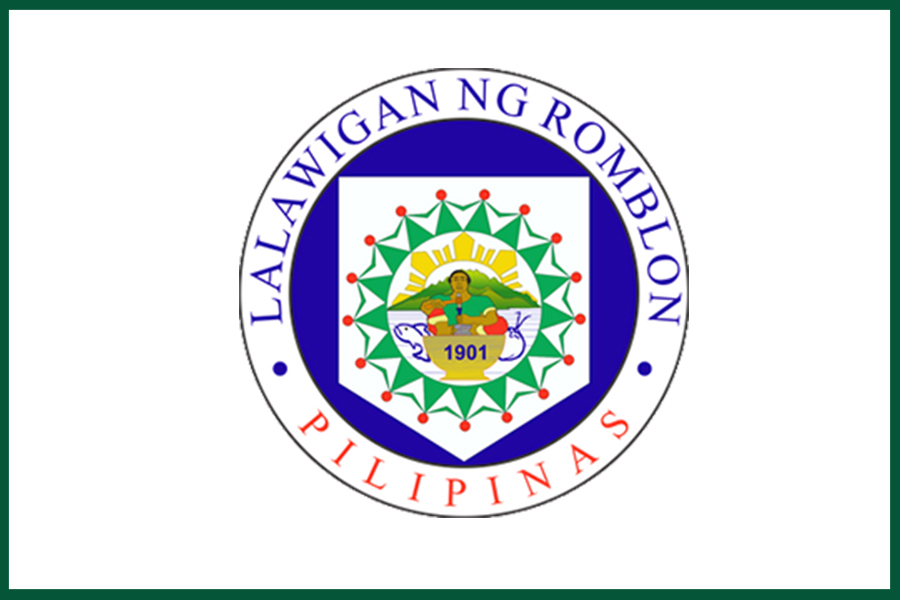The Secret Pirate Treasure Maps Hidden in Romblon’s Churches
Deep within the old stone walls of Romblon’s centuries-old churches lies a mystery that has intrigued locals and historians alike — the legend of pirate treasure maps secretly etched or hidden within the island’s sacred places. Blending myth and history, this story weaves together the province’s rich maritime past with tales of seafaring outlaws who once roamed the Philippine seas.
A Hidden Chapter of the Spanish Era
During the Spanish colonial period, Romblon’s location made it a vital stop for trading galleons and merchant ships traveling through the Visayan Sea. With its sheltered coves and deep bays, it was also an ideal hideout for pirates who preyed on passing vessels. Many believe that these pirates sought refuge in remote villages and occasionally traded with locals under the cover of darkness.
Over time, stories began to circulate about treasure maps carved into church walls, secretly drawn by pirates who disguised themselves as laborers helping build the very churches that still stand today.
Whispers from the Stone Walls
Old churches in Romblon town and nearby islands bear intricate carvings and mysterious symbols that have long puzzled residents. Some historians suggest these markings were simply religious or decorative — but others claim they are encoded maps pointing to hidden coves or underwater treasure chests buried near the coast.
While no official discoveries have confirmed these tales, local folklore keeps them alive, inspiring explorers and travelers to look closer at Romblon’s forgotten corners.
Those exploring the island may also enjoy nearby adventures — check out Bonbon Beach island-hopping details here https://romblonparadise.com/bonbon-beach/ for more discoveries beyond the legends.
Faith and Folklore Intertwined
For the people of Romblon, the idea that churches could hold secret maps represents more than a legend — it’s a symbol of the province’s dual heritage: faith and adventure. Many believe that if treasures were indeed hidden, they were never meant to be found easily. The pirates, according to lore, swore oaths before holy altars to guard their riches from greed.
This curious mix of Christian devotion and seafaring mystery has made Romblon’s churches more than religious landmarks — they are living archives of untold stories.
The Search for the Hidden Clues
Treasure hunters have come and gone, some claiming to have found signs or sketches of old maps beneath plastered walls or behind altar stones. Yet none have produced proof. Whether these maps exist or not, the intrigue continues to attract curious minds eager to uncover the island’s buried secrets.
What remains undeniable is Romblon’s role in maritime history — a place where traders, missionaries, and pirates once crossed paths, leaving behind traces of adventure and enigma.
A Legend That Refuses to Fade
The tale of Romblon’s secret pirate maps endures not because of gold or riches, but because of what it represents — the province’s mysterious connection to the past. Every church bell, every stone carving, and every whispered story reminds locals that Romblon is an island built not just on faith, but on the echoes of the sea and the secrets it once carried.


